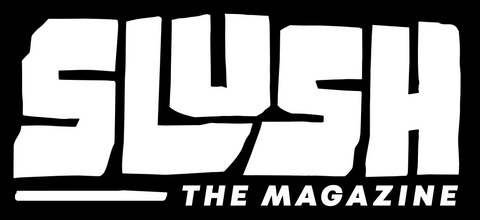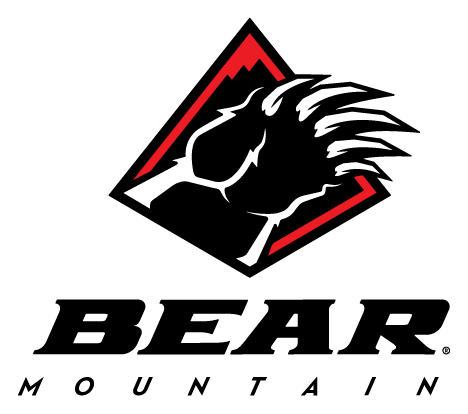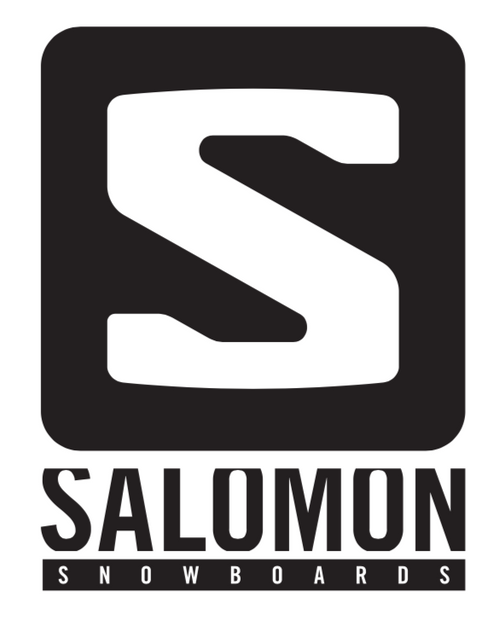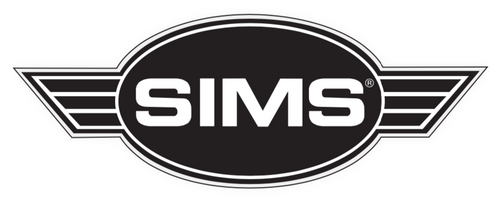
DOB: 1/22/1987
HOME MOUNTAIN: Mt. Bachelor & Nubs Nob, MI
STANCE: Regular
SPONSORS: Jones Snowboards, Spark R&D, Mt. Bachelor, Oregrown Industries
RESIDING IN THE HIGH DESERT OF BEND OREGON, Marissa Krawczak embodies the rugged outdoorsiness that the area is known for. An explorer of backcountry, deep turns, and all things categorizable as “sufferfests,” Marissa is continually pushing herself, along with the boundaries that professional snowboarders are defined by. We had a long overdue sitdown with Marissa about all things from name pronunciation, Slovakian snowboard legends, and the aforementioned sufferfests.—Stan Leveille
Thanks for chatting Marissa, let’s cut to the chase, can you write your last name phonetically?
Kilo Romeo Alpha Whiskey Charlie Zulu Alpha Kilo
You work on a tanker base? What does that entail?
I do work at a tanker base. It basically entails wearing fluorescent orange as well as waving your arms around at airplanes to tell them where to park as well dragging around heavy hoses to load the air tankers with fire retardant that’s used to slow the spread of wildland fires.
Are you secretly more interested in mountain biking than snowboarding?
No...But it is really fun riding downhill in cool places when there isn’t any snow around.
What is the worst splitboard mission you can recall doing?
My first time splitboarding ever was to the summit of Mount St. Helens and was by far the worst. All I could think about on the hike up was how much it sucked and how I just wanted to snowboard. I didn’t know how to properly pin my bindings in and the board I was using was huge. Of course the ride down was after sunset so it was icy and I got stuck on ice trying to traverse above these huge cliffs. I couldn’t move without slipping down so the skier guys I was with had to put crampons on, walk out to me and help me put my crampons on—which I also had never used before. I hated splitboarding for a while after this experience.

Is it safe to say you have more handplants than most girls who ride in the backcountry?
Yes, I imagine that is safe to say.
You filmed for Low Pressure a few years back, what was the highest pressure situation for you that year?
The whole thing was pretty chill and I was psyched when Pete Alport invited me to join all the guys late in the season. I wasn’t doing anything I wouldn’t be doing anyways as far as riding but I did hike a couloir solo under a huge cornice, so I was on edge every step I took. I had confidence in the snowpack and in the consistent conditions but it’s always a little unnerving setting steep bootpacks with no tracks or people around at all. Jumping off the cornice and riding the line, as well as having it on film, made it all worth it in the end.
Do you have any cooking recipes that only involve a jet boil that you might care to share?
I like instant mashed potatoes topped with a small can of salmon and sliced cheese.
Is there anything about snowboarding that has changed since you were a kid that you wish had not?
I wish there was still more punk rock and 8–12 foot halfpipes.
Can you tell us something about Mount Bachelor that the average reader might not know?
Besides being able to ride 360- degrees of wind lips around the whole volcano from Summit chair…The guys in the Gravity Sports shop are lifelong boarders and put a ton of energy into riding everyday and researching all of the hard goods they carry in the store, if you end up needing anything!
America’s toughest race. What does this entail and why are you better at it than Austin Smith?
America’s Toughest Race-Expedition Oregon is an ‘adventure race’ aka sufferfest. The whole race is split up into stages, including biking, trekking, rafting, and/or combos of all of those, like strapping the bikes to the rafts and paddling them across a reservoir. Cell phones and GPS aren’t allowed, you are just given a paper map and compass to find these checkpoints out in the middle of nowhere. We had a team of four and we weren’t allowed to be more than 100 meters apart at any time. The whole course was around 300–400 miles and took us about 100 hours to complete. We slept 6–7 hours total and encountered swarms of mosquitoes, rivers too low to float that forced us to walk and drag our boats, near hypothermia at night, and extreme heat during the day. The whole thing beat us down to the point where we had to keep moving for pure survival, which is a pretty wild feeling. Alex Pashley and I were there to support Austin Smith and his brother Lebn. I’m a team player so I can only say we all had our strengths and weaknesses, and I’m kind of a glutton for sufferfest situations that involve being in little-traveled, desolate landscapes.
True or false, you have rappelled down a mountain with a mountain bike on your back?
True. It was one of the last stages of Expedition Oregon. Full commit over-vert drop-offs and loose rocks after five days of sleep deprivation in the desert heat—and I had only learned how to rappel the week before.
What are the essential parts to filming a good clip in the backcountry?
A good crew with solid backcountry knowledge and skills, even if it’s just a filmer. On top of that, good communication, flexible mindsets, and being on time for the right light and smooth conditions you can ride fast in.
What is the most underrated place you’ve ever gone snowboarding?
Australia. Cool terrain, good snow, unique flora and fauna, down-to-earth locals, and the best turmeric lattes.



















